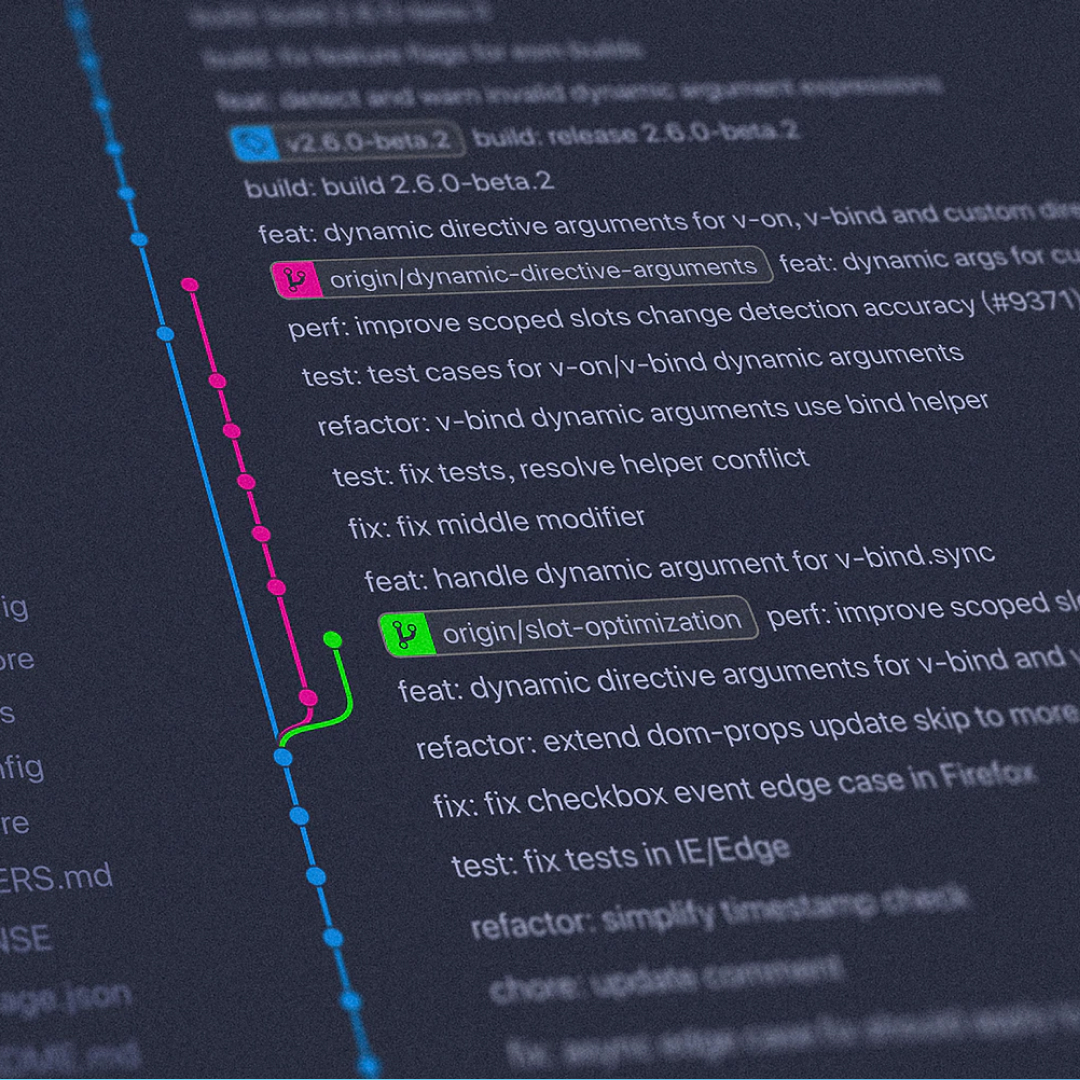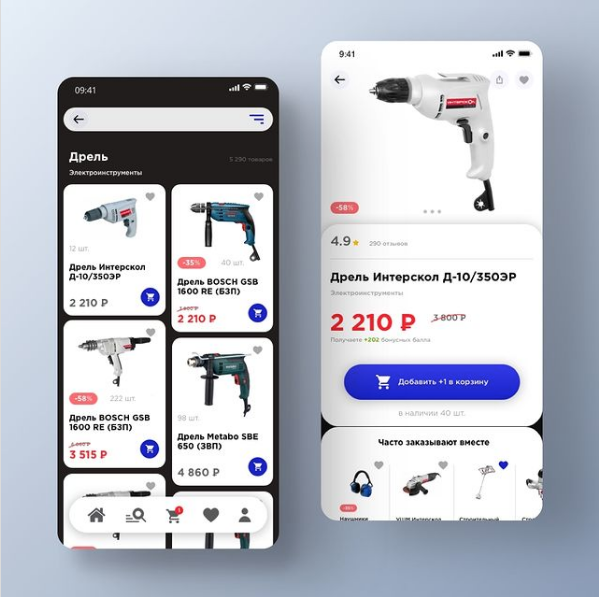Looking to build a successful app? In this case, you should know the basic principles of this process. One of the most important of these is the software development lifecycle. Within the framework of this material, we will consider all the stages, as well as the general order of their implementation.
There are two main abbreviations used in IT development: SDLC and ADLC. Let's consider each of them in more detail:
1) SDLC (software development life cycle) - software development life cycle, during which the procedure for creating software is described in detail. Its stages completely coincide with
2) ADLC (application development life cycle) - application development life cycle. It is a description of what a professional IT company does to create an application: this includes requirements analysis, design, development, testing, release, and maintenance.
Now let's look at each of these stages in a little more detail.
Six stages of the application development lifecycle
Below are the steps that no application or software product development can do without. It is worth noting that each of them also consists of smaller stages.
Requirements analysis
You are convinced that you fully understand what your final project should look like. However, at the moment when you meet with a developer, you are faced with a huge number of different questions, for example: "How many user levels should your application have and what access should each of them have?" application? ”,“ What screen sizes should your application design fit? ”. Thus, at this stage, the comprehension of all available technical documentation and requirements takes place before starting the next stages. Requirements analysis requires conducting research on similar applications from competitors, highlighting the main features of a successful application in this industry, creating a terms of reference, and determining the total cost of the project and its timing.
Design
This is where designers work to create a unique look for your application that will engage users with its usability.
The work of designers begins with the creation of a specific concept of the application. It also takes into account all additional requirements regarding the future functionality of the application, since the appearance must support all the functionality.
Next, you need to create a wireframe, that is, a test version of each page of the application. They are already almost similar to the final version, with the only difference that they are made in black and white, and also without adding actual content.
The last step is to create a prototype. It will already have the same look and feel as the real application, there is support for color. However, the application is not working yet as it lacks a server side that will be developed in the future. At the same time, the prototype can already be shown to sponsors or customers so that they can better understand what product they will receive in the end.
Development and programming
After the design is over, we have the appearance of the software product ready, but now we need to do a lot of work on endowing it with functionality. All this is done by programmers who will create the program code for all the necessary functions. Development can be roughly divided into two main parts:
- Creation of the interface. The interface is the part of the application that the user will most often interact with. It should not only have a pleasant appearance, but also excellent functionality, as well as ease of use, so that the user does not have any problems when using it. Moreover, it is extremely important that no errors occur in the operation of the program interface.
- Backend. A rather complex functional part that ensures the operation of the entire system. For the most part, the backend implies the server side of the application, which is responsible for all operations, calculations and reliability.
At the development stage, programmers prepare the first version of the product.
Testing
Many developers skip this process to speed up the release of the application. However, at this stage, the correct operation of all application functions is verified before release. During the creation of an application, the most unexpected errors can occur, which are eliminated during the testing stages. A correct testing process should cover 90% of the application use cases. This makes sense, since it's much easier to fix bugs before a product is released than after.
Release
After completing the previous four steps, you can release your application or transfer it to a customer.
Service
Even after the release of the application, the developer is obliged to maintain its functionality, offer advanced features and capabilities.
Outcome
Application development is subject to a strict algorithm that always maintains its order, since it allows you to create the highest quality product in a short time.



